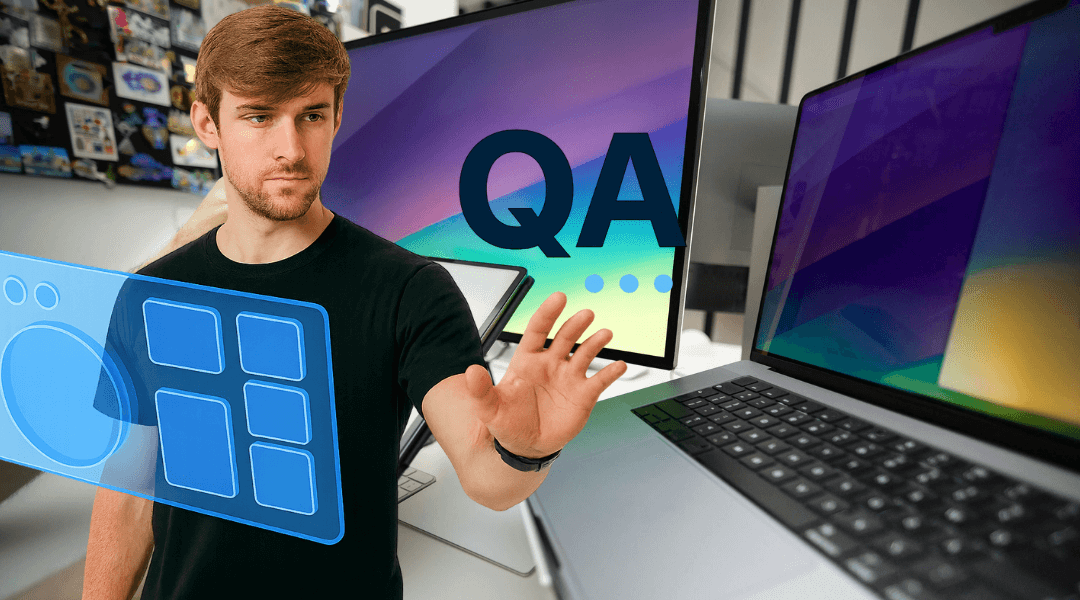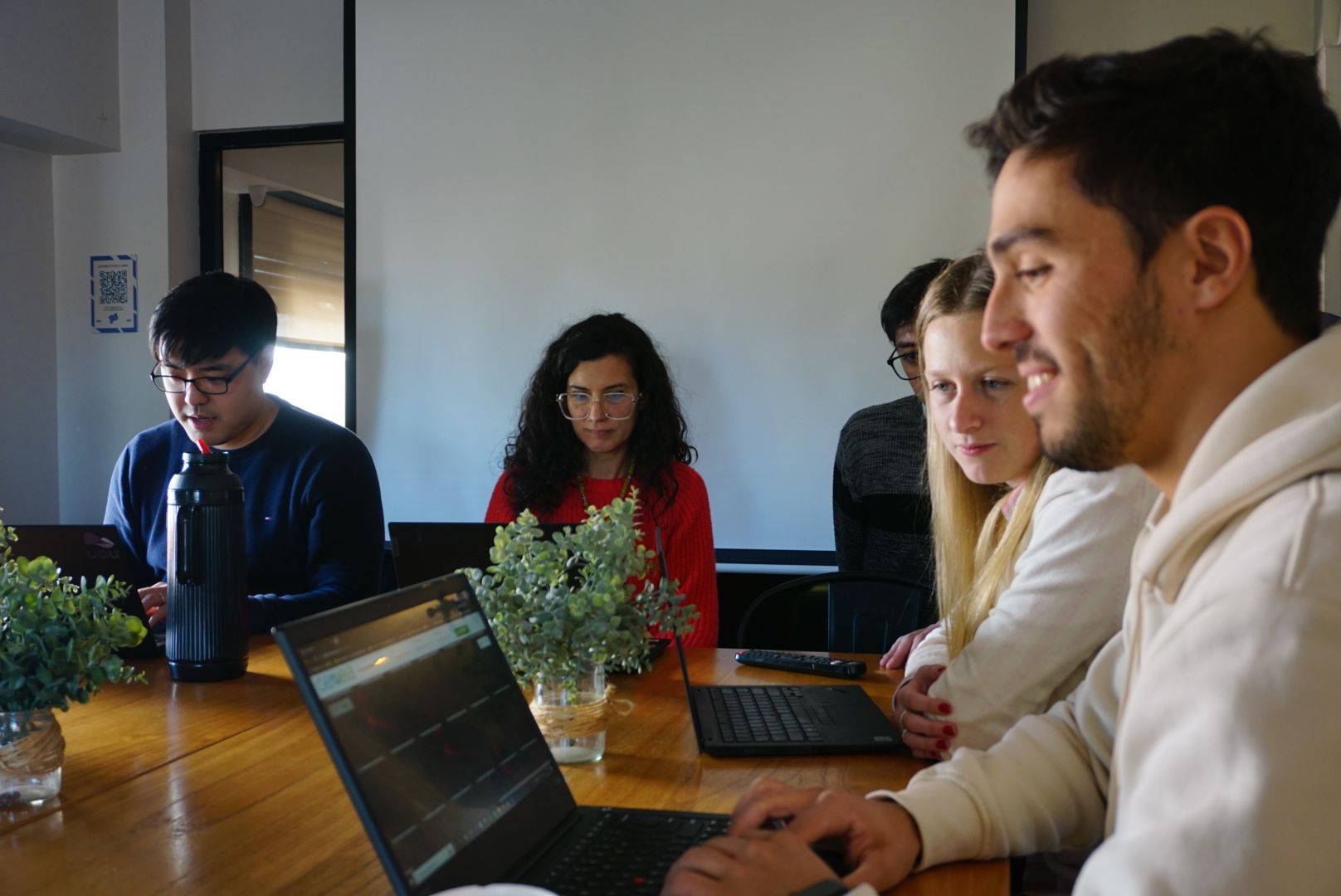News
Behind the scenes of softwares: The QA environment
In software development, there is one essential principle: a product should not only work, it should work well. When a platform or application runs smoothly, behind every click lies an invisible space where everything is tested before reaching the real world: the QA (Quality Assurance) environment. In this setting, functionalities are evaluated, errors are simulated, and processes are validated. In other words, it’s the training ground where software proves its robustness before being released to users.

What does a QA professional do?
Behind every reliable product, there’s a specialised team dedicated to Quality Assurance (QA). Their work goes far beyond detecting bugs. Their mission is to ensure quality, security, and user experience, anticipating potential failures before they occur. Their main responsibilities include:
- Designing strategies to prevent errors and ensure system stability.
- Validating the reliability and performance of the software.
- Contributing improvements in user experience, security, and operational efficiency.
- Generating clear documentation and reports to support informed decision-making.
The role of a QA professional blends technical precision with strategic insight. They are involved from the earliest stages of development to the final release, ensuring every functionality meets the highest standards.
→ To learn more about Uali’s software, read “The UALI Management Platform Turns Data into Decisions for the Energy Sector.”
The people behind quality assurance
A Quality Assurance professional ensures that products meet quality standards before release, participating from the very beginning of the product lifecycle. Their work combines the technical with the strategic:
- Test planning → designing real-world usage scenarios.
- Execution → performing manual and automated tests to validate quality.
- Documentation → producing detailed and useful reports.
- Cross-team collaboration → working closely with development, design, and business teams.
- Continuous improvement → implementing processes and tools that raise the overall product quality.
An integrated quality strategy
Quality Control is not just about making sure the software works, it’s about ensuring it operates consistently, efficiently, and in line with client expectations.
- Fewer production errors → lower costs and reduced risks.
- Greater client satisfaction → trust and loyalty.
- Process optimisation → lessons learned that enhance each new version.
- Extending commitment to quality → cultivating and sharing a culture of quality across the entire team.
→ Learn more about what Uali is achieving thanks to our dedicated Quality Assurance team.
At Uali, we have a specialised Quality Assurance team devoted to this quiet yet essential work: testing, validating, and ensuring that every solution meets the highest quality standards before reaching our clients. Let’s make a positive change together!
Mareva Gutierres
QA Tester


